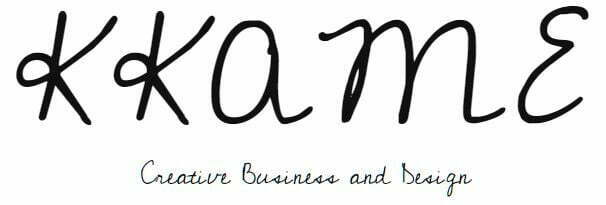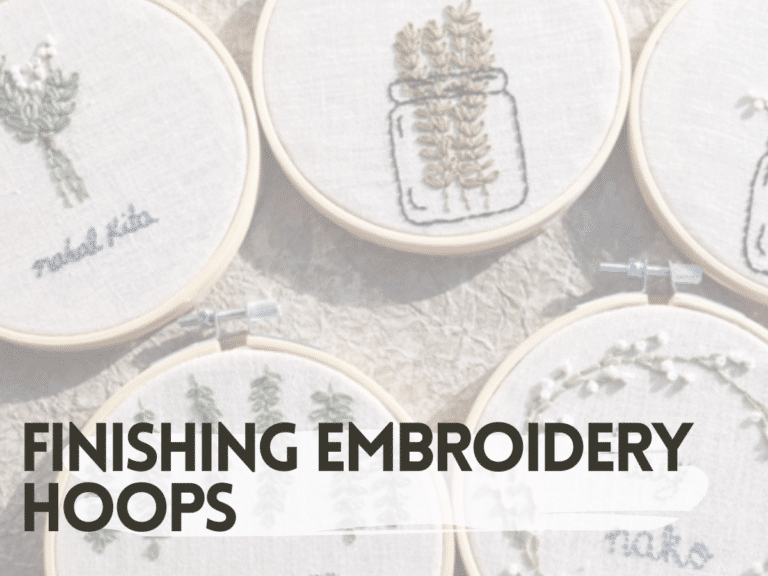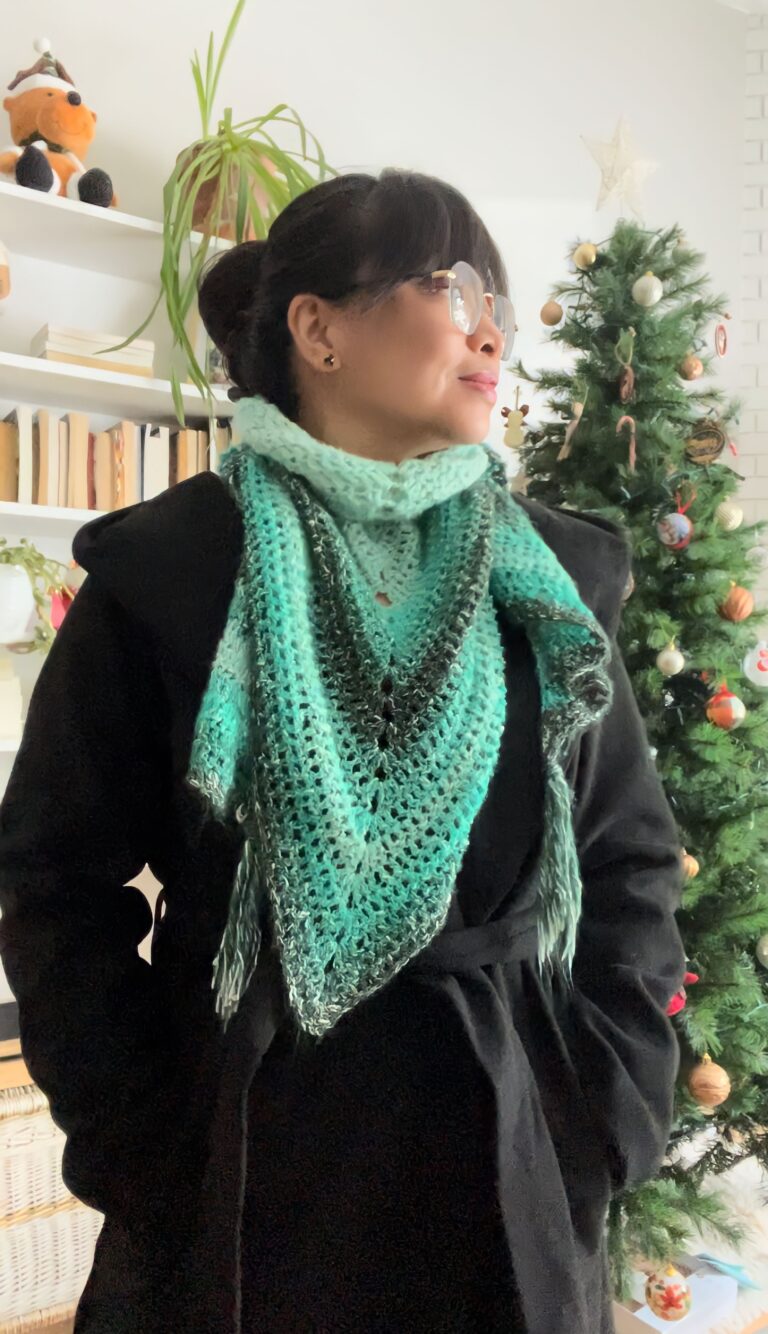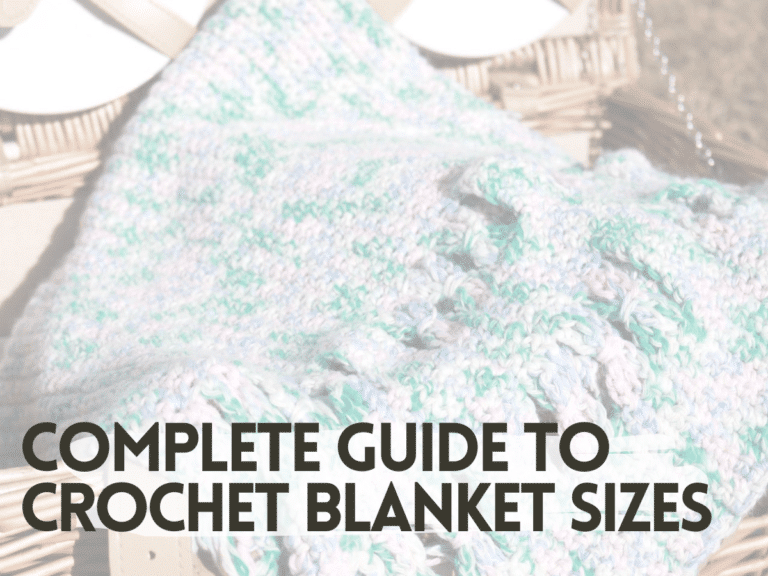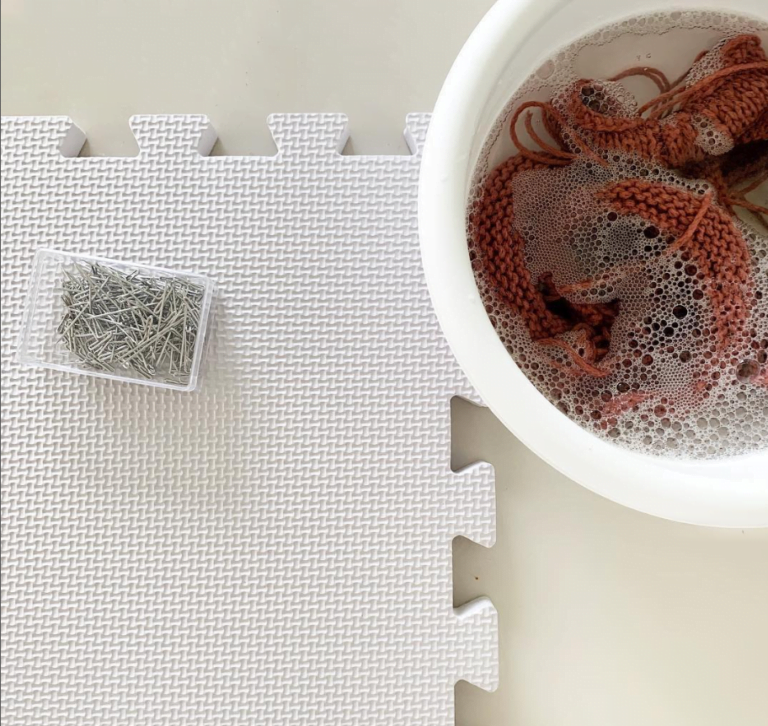Does Crochet Really Use More Yarn Than Knitting?
As yarn enthusiasts, we often find ourselves pondering questions like “does crochet use more yarn than knitting?” It’s a topic that sparks curiosity among crafters but I have never really gave much thought about it until now. I prepared a few swatches to accurately answer this. question. The best way to get an answer is to look at the facts, right? So grab your hooks and needles, and let’s dive in!
As a finer artist who can both crochet and knit, I am fond of designing in both mediums! However, after a lot of close calls in yarn chicken, it got me thinking. What is the best way to make my way through my yarn stash? Should I decide to design crochet or knit garments to make sure I have enough yarn.
Testing Knitting vs Crochet Yarn Usage
This post may contain affiliate links. I get a small commission from any purchase made through these links at no expense to the buyer. This allows me to keep free awesome content coming your way. Check out my privacy policy for a full rundown of disclosures.
To unravel this yarny mystery, I conducted a simple experiment.
First step was to make a swatch of equal sizes using different common basic stitches for crochet and knitting.
For this experiment I chose to make a swatch single crochet and double crochet for the crochet stitches. For the knit stitches I decided on stockinette stitch (alternate rows of knit stitches and purl stitch) and garter stitch (just knit stitches). The swatches were made using the same hook and needle sizes (5.00mm) as well as the same weight of the yarn (Lion Brand Yarn Color Theory).
To analyze the end results we are going to weigh the swatches to determine how much yarn was actually used. A kitchen weighing scale comes handy for these types of experiments.
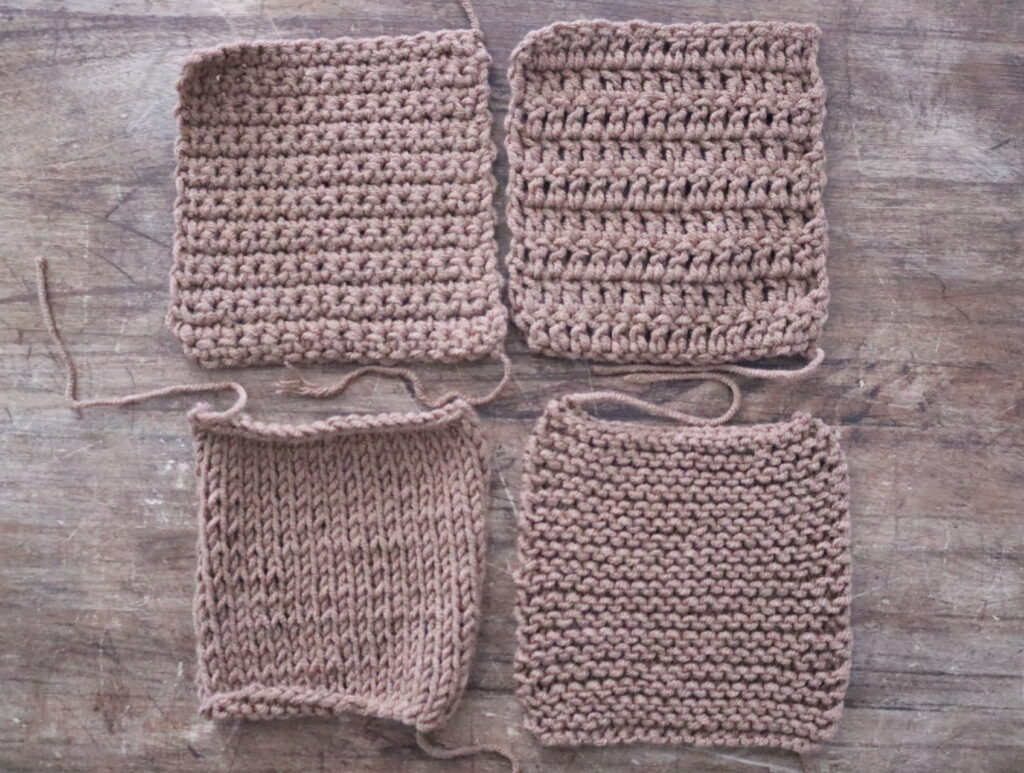
These swatches are all 4.5″ squares (the stockinette stitch tends to curl so it looks smaller compared to the others). After making the swatches I came up with some observations.
Denser and tighter stitches such as the single crochet stitch and the garter stitch used the most amount of yarn to create the swatch. The stockinette stitch and the double crochet stitch used less amount of yarn compared to the tighter stitches. However, the stockinette stitch used significantly less yarn compared to all three swatches.
Another interesting thing I discovered was within a given time, knitting consumed significantly more amount of time compared to crochet, with the garter stitch consuming the most amount of time. Different techniques can such as personal preference in holding yarn can affect how fast once can whip up a swatch as well. For example, a continental knitter might be faster than an English knitter depending on what they are more comfortable with. I am a stronger crocheter and have been told I hold my hook in an interesting way. However, since this is what I am used to, I can crochet very fast.
Some factors that may affect yarn usage
This experiment used basic crochet stitches and knitting stitches that created similar crochet and knit fabric. However, there are some considerations that affect yarn usage such as the type of stitches and tools used.
It is worth saying that a general rule is different stitches will yield different results. For example chain stitches in crochet will cover more ground (by leaving open spaces like in mesh stitches) than shell stitches in a single skein of yarn. This is why I chose to use the most common stitches to keep the data relatively fair.
For knitting, Straight needles and circular needles may come up with slightly different gauges in knitting projects. The discrepancy is not too significant for a small scale experiment like this, so we will just be using straight knitting needles for the sake of this post.
Conclusion
Our yarny investigation reveals that the type of stitches affect yarn usage however crochet indeed used more yarn than knitting in general. The experiment also showed a major difference in how little yarn stockinette stitch in knitting consumed. Basically, the denser stitches require additional yarn to cover the same area.
There are a lot more things to consider when choosing a new skill or determining what your next project should be. Yardage is just one (but very important) piece of the puzzle. Consider the stitch pattern you want the crochet fabric or knit fabric to look like, time you have to make it, yarn for better drape, and most of all, your skill level.
Want to try out some patterns? Make sure to check out all of my beginner friendly patterns here where you can find garments, amigurumi, and accessories.
Want to learn more about crochet?
That’s all for now my maker friend! Remember, never miss a stitch by subscribing to my newsletter. See you next time!
xoxo
Abigail
